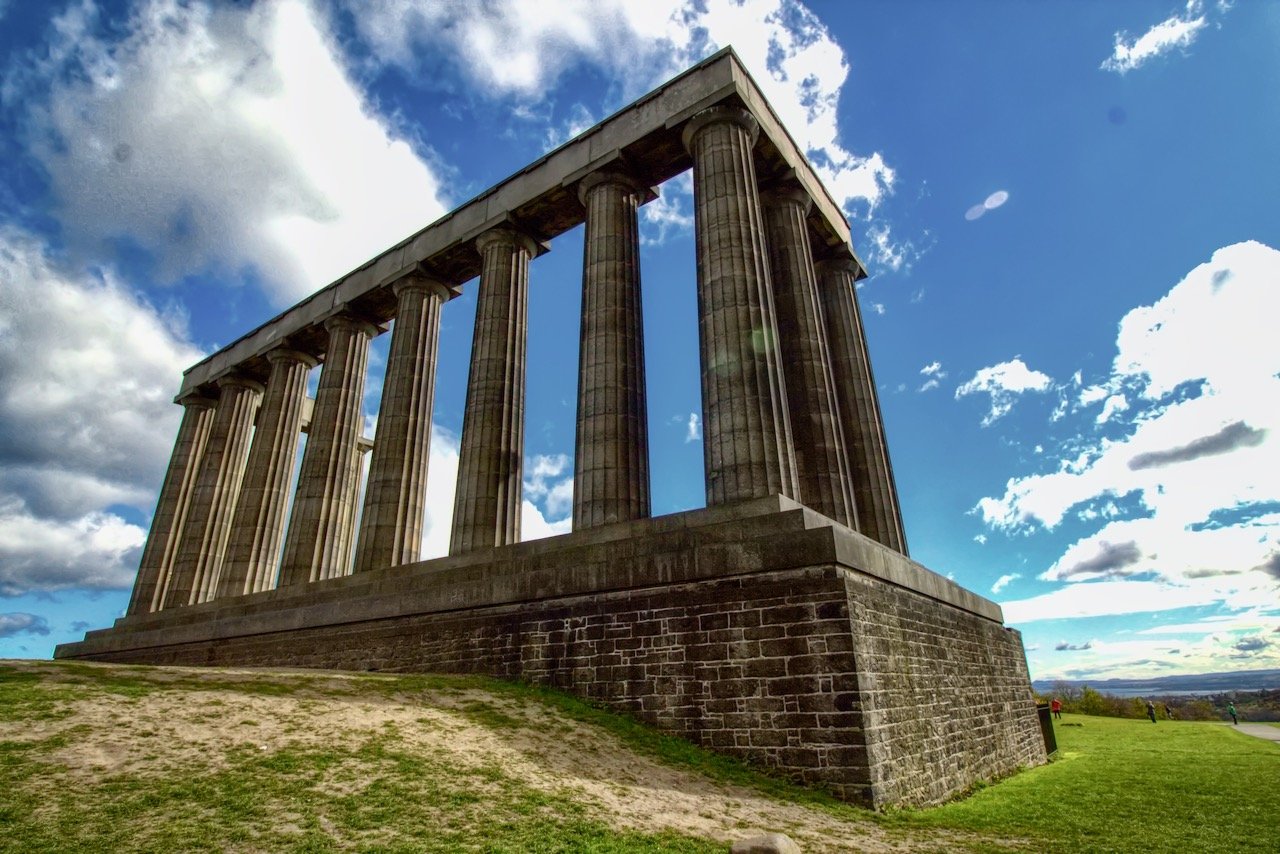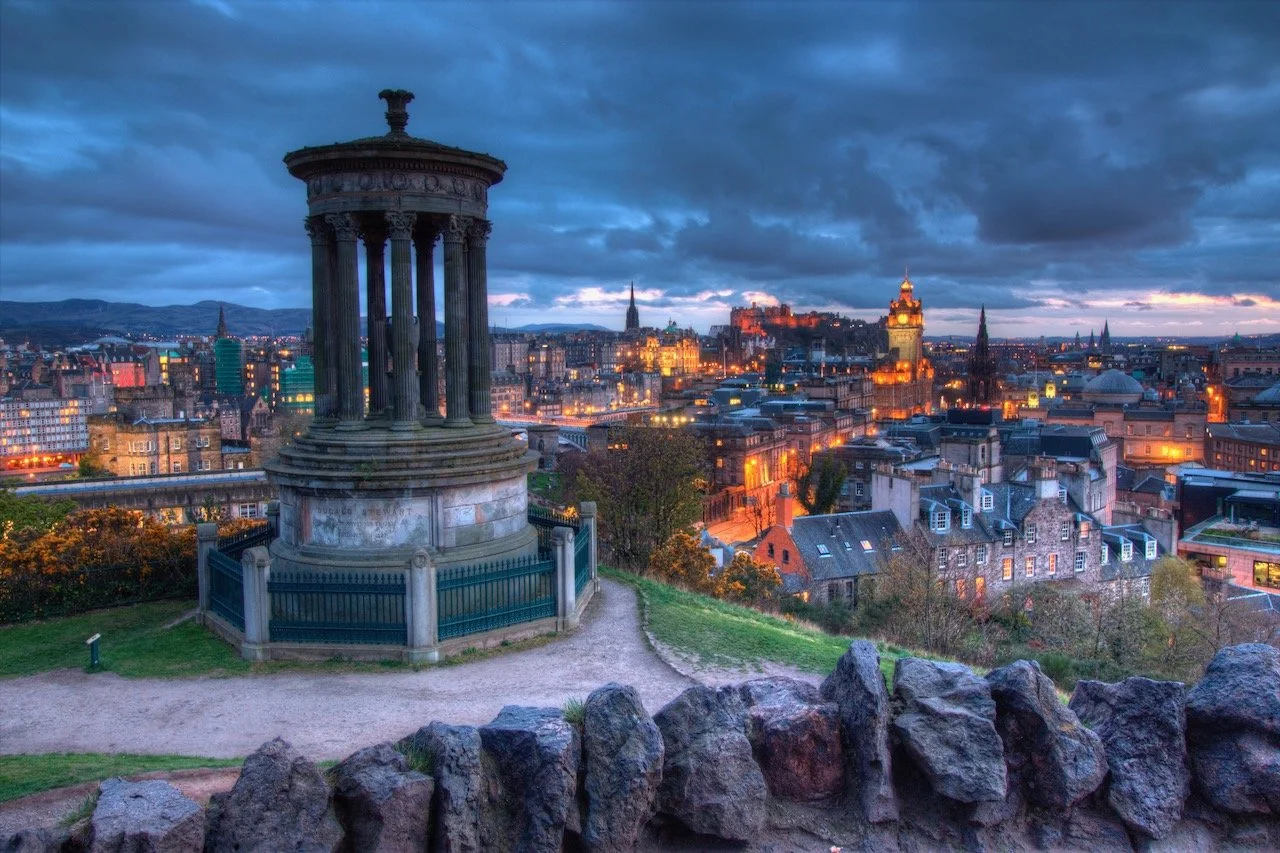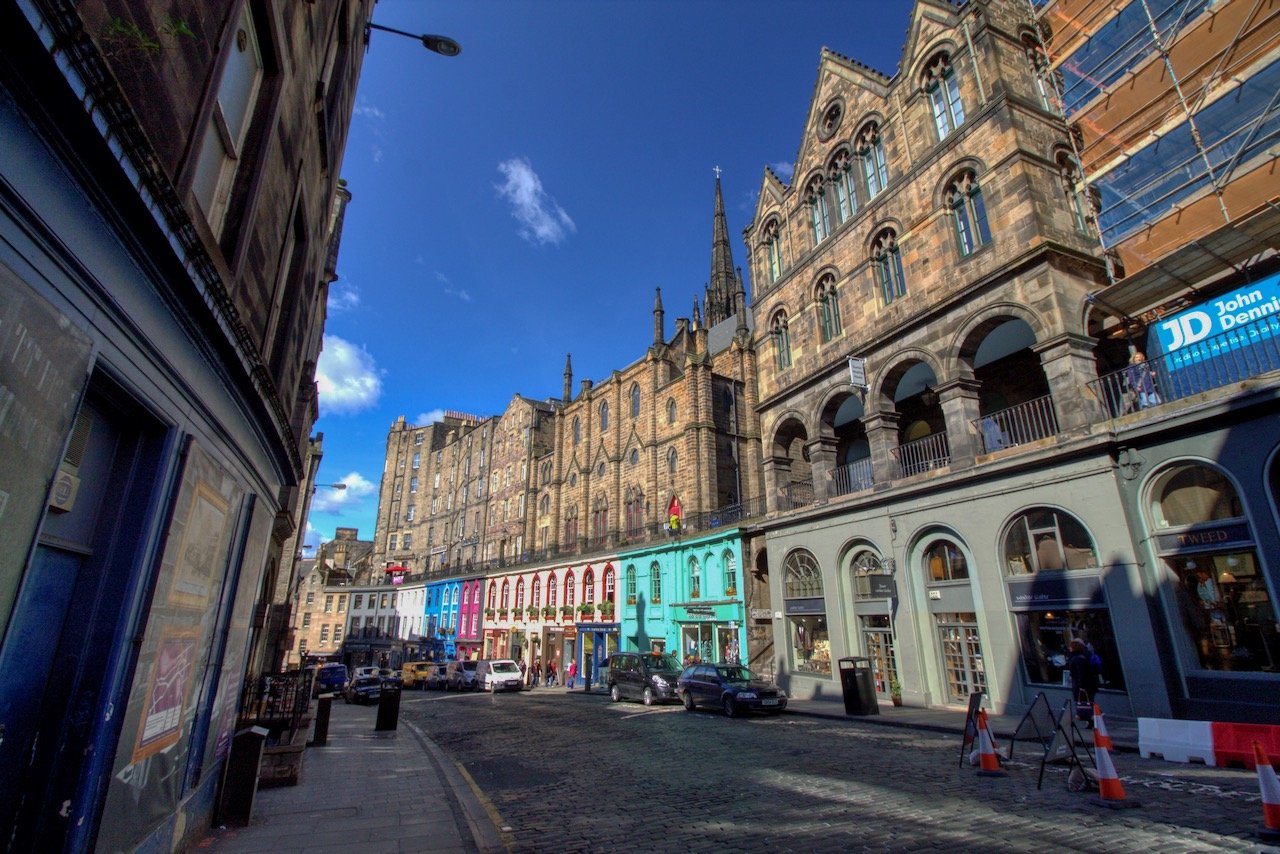Previous
Previous
A Day in the Coastal Town of Budva, Montenegro
Next
Next

Dugald Stewart Monument, Edinburgh, Scotland (ISO 100, 10 mm, f/11, 1/5 s)

Dugald Stewart Monument, Edinburgh, Scotland (ISO 100, 10 mm, f/11, 1/5 s)

National Monument, Edinburgh, Scotland (ISO 100, 10 mm, f/11, 1/250 s)

Dugald Stewart Monument, Edinburgh, Scotland (ISO 100, 17 mm, f/11, 8 s)

View from Arthur’s Seat, Edinburgh, Scotland (ISO 100, 18 mm, f/11, 0.5 s)

St. Columba’s Free Church of Scotland, Edinburgh, Scotland (ISO 100, 16 mm, f/11, 1/125 s)

Princes Street Gardens, Edinburgh, Scotland (ISO 100, 10 mm, f/10, 1/200 s)

Victoria Street, Edinburgh, Scotland (ISO 100, 10 mm, f/10, 1/50 s)

Central Library, Edinburgh, Scotland (ISO 100, 11 mm, f/10, 1/4 s)

The Forth Bridge, Edinburgh, Scotland (ISO 100, 18 mm, f/11, 1/13 s)